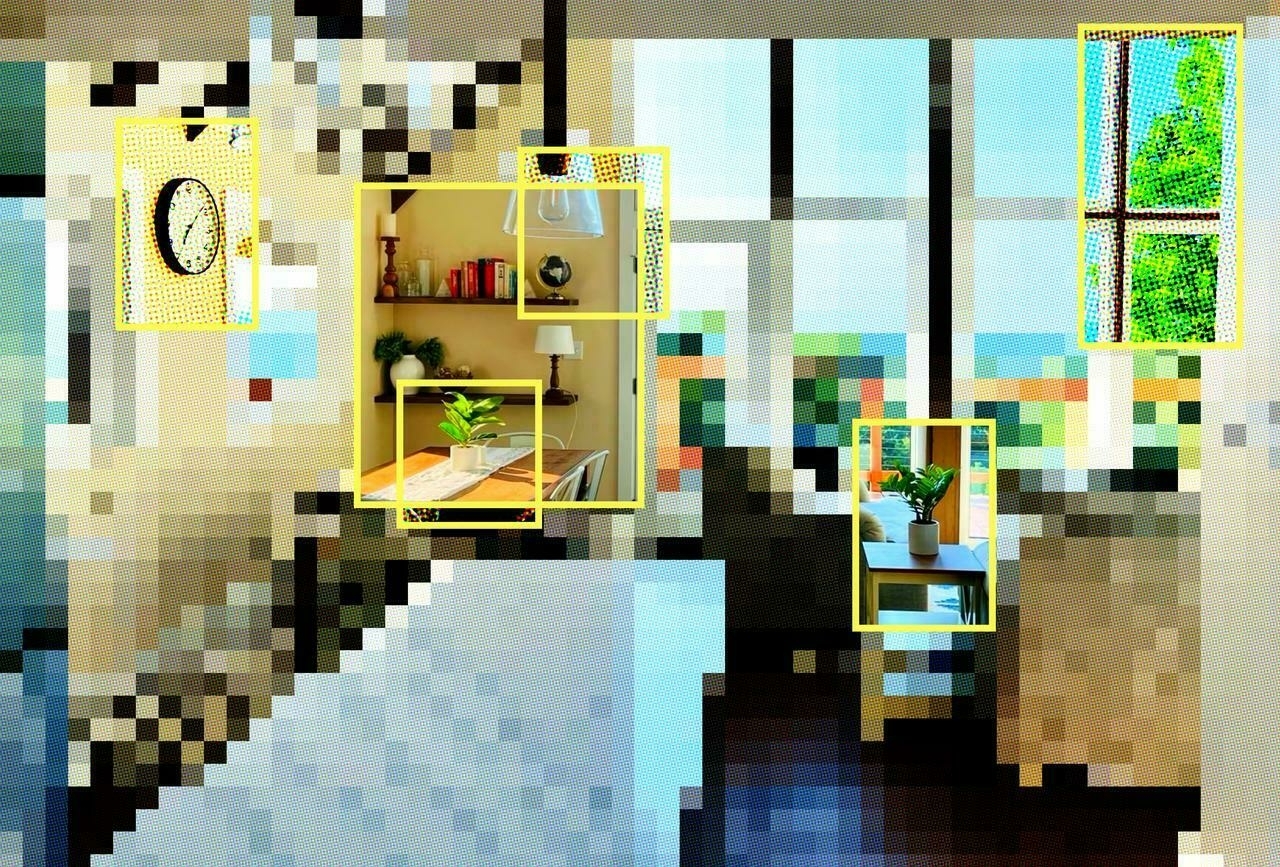I think AI is a normal technology

This is a great post by Mike Caulfield, on many levels. Using the example of a tattoo containing a somewhat-obscure joke, which he asks various generative AI models to explain, he shows how much better ‘frontier’ LLMs are than last year’s offerings. Comparing the two shows how often criticisms about the abilities of generative AI are sometimes painfully out of date.
I’d agree with his last full paragraph, especially having lived through a fair few technology hype cycle. I’m sitting in a coffee shop drinking an Earl Grey tea that I paid for on my smartwatch. Unthinkable 20 years ago. Exciting 10 years ago. Boringly normal these days.
I’m not an AI utopian or dystopian. I think AI is a normal technology which will have a lot of impact but also take years to integrate before we start to reap substantial benefits, and that it’s incumbent on us to fight to make sure that the technology serves the public interest. But as the “normal technology” model acknowledges, the capabilities of AI are (still) advancing rapidly, even if the power of AI is going to develop slowly because the many issues which make it not suitable for full integration into processes that produce social/market value.
Source: The End(s) of Argument
Image: Elise Racine